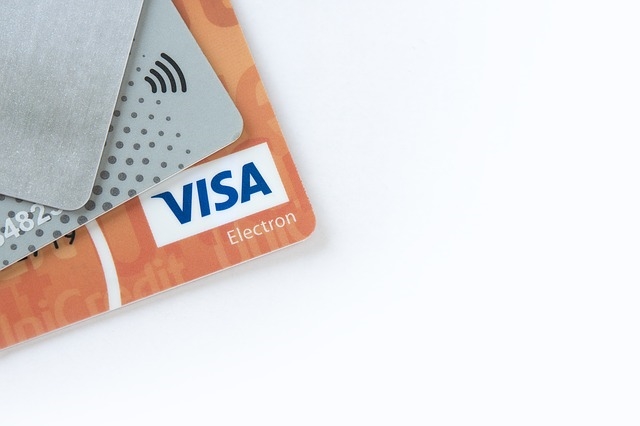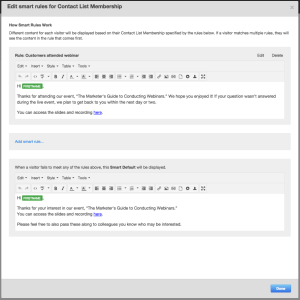— August 14, 2017

MBatty / Pixabay
Setting your rates as a freelancer, or pricing your goods as a small business owner can be a tricky business. They need to be low enough to be competitive, but high enough to let you pay your bills.
Being your own boss means that there are a million things to oversee. Getting paid a fair rate and on time is just one of the many things you need to take care of.
So how can you set rates that are fair to you, fair to your clients and keep business coming in? Here are three things to consider as you go about setting payment rates.
The Time it Takes to Create the Work
All work is an exchange of your time for someone else’s money. When you’re a small operation there’s no getting paid for work you don’t produce. No one pays you for the every day tasks that take up your time, even though they still need to be done.
That’s why it’s crucial that you charge accordingly for the time it takes you to do your work. Your time is valuable and you should be compensated for it.
Track the hours it takes you to complete a project, but also outline the value that your work brings to your clients. If working with you makes clients lives easier, their brand bigger, or their work better, you can include that in your time charge.
The Taxes You’ll Pay on The Work
Freelancers and small business owners pay hefty tax rates. When you have to fork over 30% of each paycheck to Uncle Sam, you take home a much smaller percentage. You need to account for this when you set your prices.
Check your state’s tax rates on income and sales as well. High tax rates can be unwelcome surprises come tax season if you’re not prepared.
The Processing Fees You’ll Pay to Get Paid
If you’re using a payment system like Due, they’ll take a small percentage of your paycheck. And that’s fair- you’re using their product after all.
Much like you have to account for taxes, you should account for fees. Fees are part of doing business but include them in your big financial picture. Don’t lose hundreds or thousands of dollars a year to fees without a way to replace that money. Your payment rates should account for at least part of the fees that you’ll pay.
Setting payment rates is not a one-time thing. As your work changes and your business grows you can change your rates, change your payment options, and change how you invoice clients. You’re the boss after all!
Just make sure to set rates that allow your business to grow as well as keep the lights on at home. Your business is not a side project that you dabble in. It’s the way you earn a living. And it’s more than ok to charge appropriately for that.
Business & Finance Articles on Business 2 Community
(72)
Report Post





